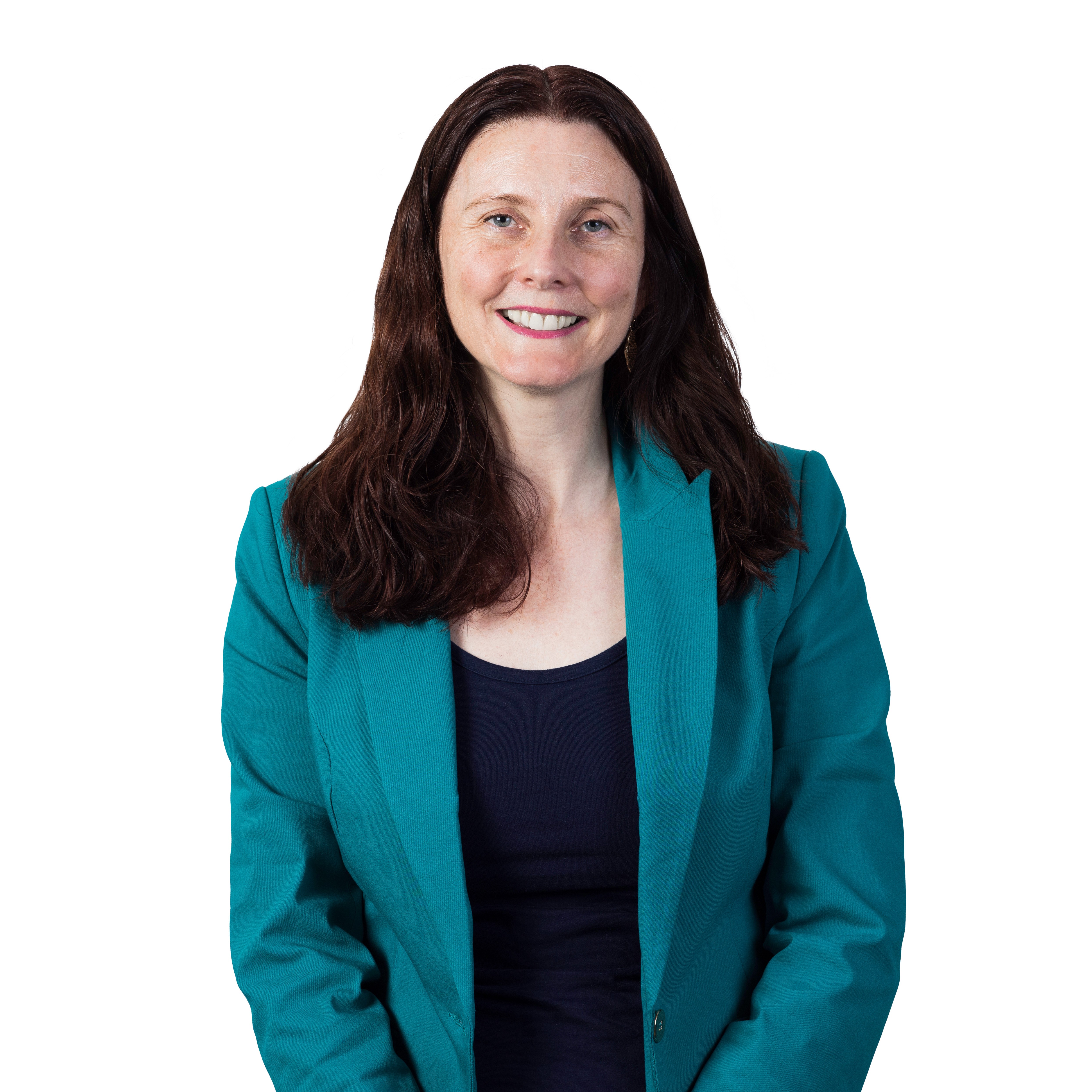
Name: Fiona Caldwell
Title: Chief Information Officer
Company: Estia Health
Commenced role: October 2017
Reporting line: Chief Executive Officer
Member of the executive team: Yes
Technology Function: 42 staff in the IT function, with 5 direct reports
Estia Health has engaged on an ambitious growth strategy under a new ownership structure, moving from ASX listed to private equity in late 2023.
To support its business goals chief information officer Fiona Caldwell developed a new IT strategy and roadmap, focusing on being growth-ready.
This was designed to ensure the aged care organisation can effectively integrate new acquisitions, optimise the business through simplified, streamlined processes, and unlock value from data to improve quality, trust, and ease of utilisation.
Compliance checks occur before a new employee joins the organization and are repeated at various stages throughout their employment. The previous process was clunky, with documents requested multiple times, creating poor candidate experience.
“There was a significant administrative burden in sighting, validating, and storing documents; and no central source of truth existed,” says Caldwell. “These challenges led to slower hiring processes, increasing agency costs, dropouts during recruitment, and a risk of rostering without the right compliance evidence.”
Looking to reinvent the process
According to Caldwell the right solution was not available in the market. Instead, we discovered an opportunity with an existing provider and entered into an innovation partnership to create a streamlined, automated product.
This mobile-enabled solution allows candidates to photograph and attach documents once and carry them through to later stages that require the same evidence.
AI and API interfaces validate the documents, with human review only needed for exceptions, and automated follow-ups remind candidates to submit outstanding evidence.
“We used this solution for our annual influenza vaccination process, previously a highly manual system managed through email that required additional temporary resources,” says Caldwell. “This year, the process was seamless, [with] 80.6 per cent of uploaded evidence approved by AI, saving numerous hours of manual effort and improving privacy of employee information.”
Another process re-engineering success streamlined three finance processes, saving over 830 manual processing hours per year, and creating capacity in a team that often-worked late hours and weekends. “A roadmap for further automation, AI, and optimization opportunities has been identified,” she says, “and this will prioritise future investment”.
Technology supporting care delivery
“Optimisation efforts also extend into residential aged care homes, with upgrades to Wi-Fi, new managed mobile devices, and mobile-enabled applications transforming the way care is delivered.”
A new electronic medication management solution replaced paper-based processes, providing clinical teams, doctors, and pharmacies with real-time medication information. According to Caldwell, this has led to significant improvements in medication management and a reduction in risk.
Another example is the pilot of Radar monitoring technology.
In aged care, nurse call systems allow residents to request assistance by pressing a button. However, some residents may be unable to do so due to medical complexity.
“Finding the right solution that protects resident privacy and is cost-effective was key,” she says. “We piloted Radar technology that extended the nurse call system to provide continuous, non-intrusive monitoring of residents.”
According to Caldwell the system automatically alerts staff to events such as falls without using video or images, thus protecting privacy.
“We are now exploring how the additional data generated can provide further insights to improve care,” she says.
Unlocking value from data
Another focus is on improving data quality and security to build trust in the data, while enabling more flexible ways to securely access and use data.
Employees often want to explore data for trends and patterns, but traditional processes of gathering requirements and developing dashboards lack the flexibility to address evolving business needs. “We are now trialing alternative ways to leverage non-structured data using AI” she says. “as well as streamlining onerous processes for data collation, validation and submission to government”
Partnering with our business
The technology function at Estia Health is fully integrated into the business, acting as a trusted partner, with a strong understanding of our business and our sector that is undergoing significant reform.
“We look for ways to continually improve this partnership by understanding our business and our stakeholders needs so that we are not sidelined in a fast-changing
technology landscape,” says Caldwell.
Title: Chief Information Officer
Company: Estia Health
Commenced role: October 2017
Reporting line: Chief Executive Officer
Member of the executive team: Yes
Technology Function: 42 staff in the IT function, with 5 direct reports
Estia Health has engaged on an ambitious growth strategy under a new ownership structure, moving from ASX listed to private equity in late 2023.
To support its business goals chief information officer Fiona Caldwell developed a new IT strategy and roadmap, focusing on being growth-ready.
This was designed to ensure the aged care organisation can effectively integrate new acquisitions, optimise the business through simplified, streamlined processes, and unlock value from data to improve quality, trust, and ease of utilisation.
Compliance checks occur before a new employee joins the organization and are repeated at various stages throughout their employment. The previous process was clunky, with documents requested multiple times, creating poor candidate experience.
“There was a significant administrative burden in sighting, validating, and storing documents; and no central source of truth existed,” says Caldwell. “These challenges led to slower hiring processes, increasing agency costs, dropouts during recruitment, and a risk of rostering without the right compliance evidence.”
Looking to reinvent the process
According to Caldwell the right solution was not available in the market. Instead, we discovered an opportunity with an existing provider and entered into an innovation partnership to create a streamlined, automated product.
This mobile-enabled solution allows candidates to photograph and attach documents once and carry them through to later stages that require the same evidence.
AI and API interfaces validate the documents, with human review only needed for exceptions, and automated follow-ups remind candidates to submit outstanding evidence.
“We used this solution for our annual influenza vaccination process, previously a highly manual system managed through email that required additional temporary resources,” says Caldwell. “This year, the process was seamless, [with] 80.6 per cent of uploaded evidence approved by AI, saving numerous hours of manual effort and improving privacy of employee information.”
Another process re-engineering success streamlined three finance processes, saving over 830 manual processing hours per year, and creating capacity in a team that often-worked late hours and weekends. “A roadmap for further automation, AI, and optimization opportunities has been identified,” she says, “and this will prioritise future investment”.
Technology supporting care delivery
“Optimisation efforts also extend into residential aged care homes, with upgrades to Wi-Fi, new managed mobile devices, and mobile-enabled applications transforming the way care is delivered.”
A new electronic medication management solution replaced paper-based processes, providing clinical teams, doctors, and pharmacies with real-time medication information. According to Caldwell, this has led to significant improvements in medication management and a reduction in risk.
Another example is the pilot of Radar monitoring technology.
In aged care, nurse call systems allow residents to request assistance by pressing a button. However, some residents may be unable to do so due to medical complexity.
“Finding the right solution that protects resident privacy and is cost-effective was key,” she says. “We piloted Radar technology that extended the nurse call system to provide continuous, non-intrusive monitoring of residents.”
According to Caldwell the system automatically alerts staff to events such as falls without using video or images, thus protecting privacy.
“We are now exploring how the additional data generated can provide further insights to improve care,” she says.
Unlocking value from data
Another focus is on improving data quality and security to build trust in the data, while enabling more flexible ways to securely access and use data.
Employees often want to explore data for trends and patterns, but traditional processes of gathering requirements and developing dashboards lack the flexibility to address evolving business needs. “We are now trialing alternative ways to leverage non-structured data using AI” she says. “as well as streamlining onerous processes for data collation, validation and submission to government”
Partnering with our business
The technology function at Estia Health is fully integrated into the business, acting as a trusted partner, with a strong understanding of our business and our sector that is undergoing significant reform.
“We look for ways to continually improve this partnership by understanding our business and our stakeholders needs so that we are not sidelined in a fast-changing
technology landscape,” says Caldwell.








